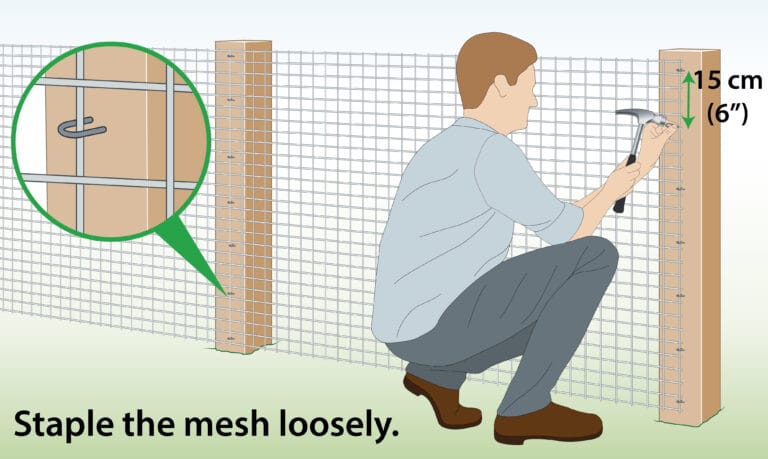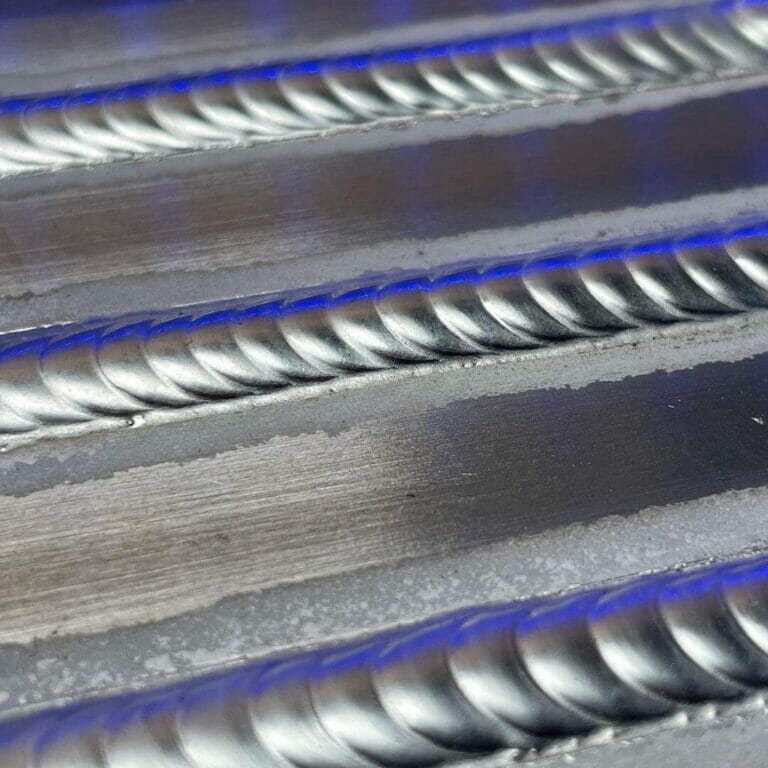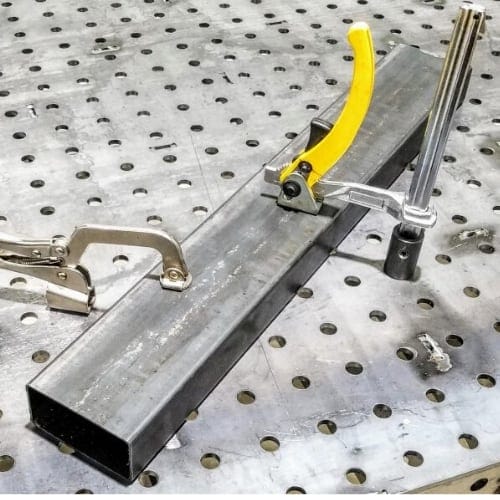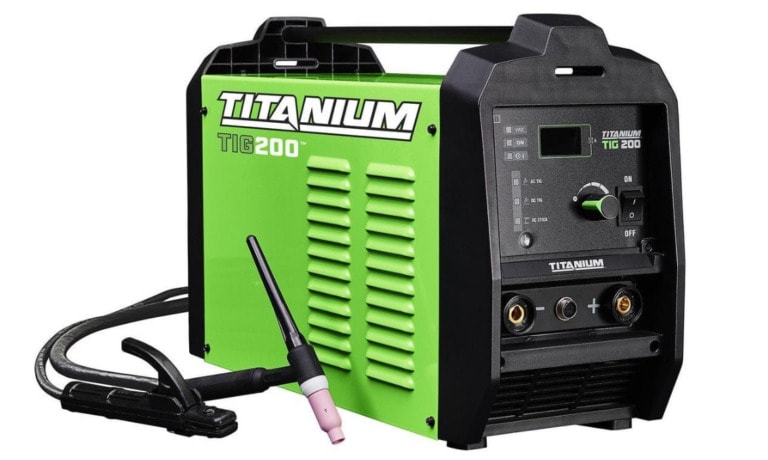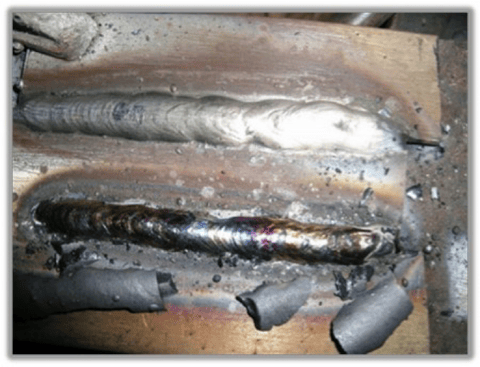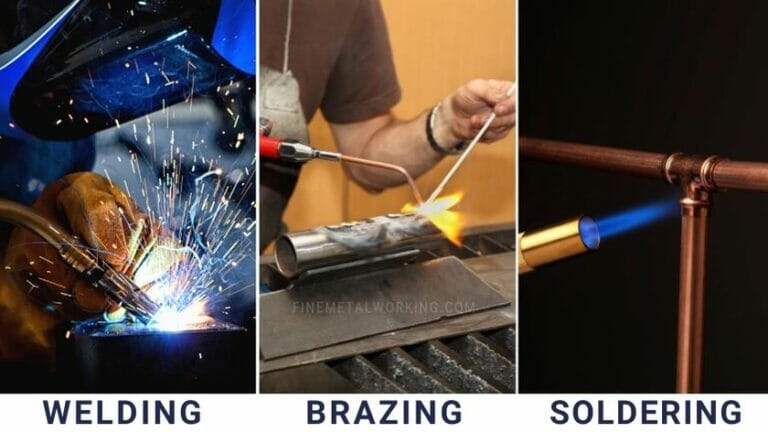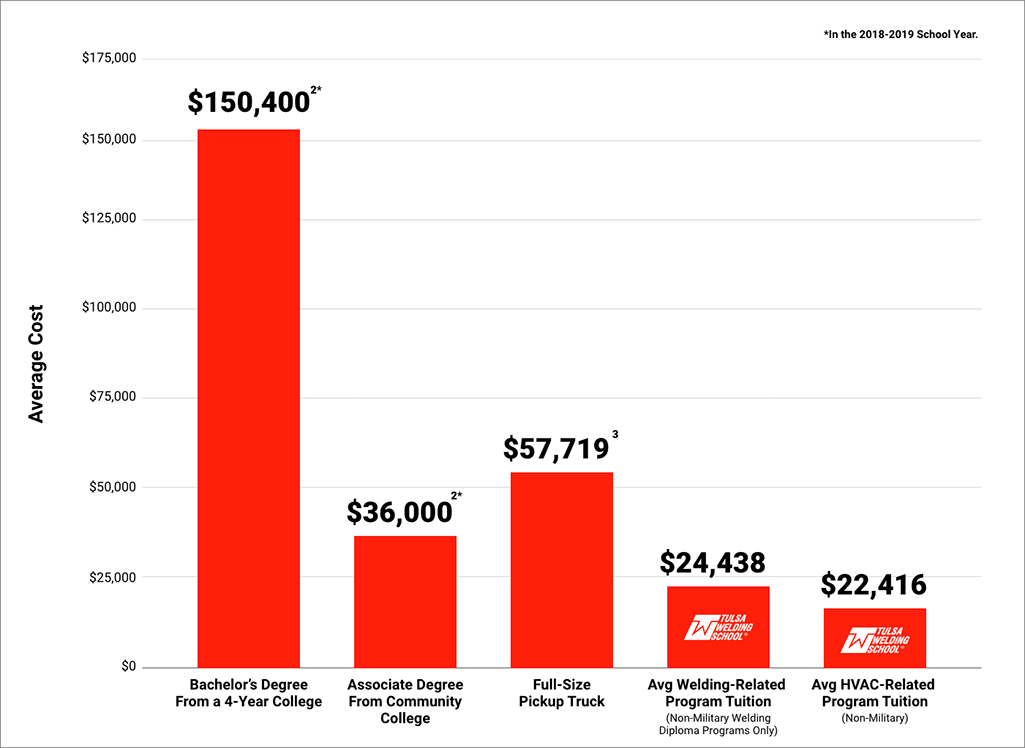
Do you have an interest in welding? Ever wondered how much it costs to attend welding school? Well, you’re in the right place! In this article, we’ll explore the topic of “How Much Does Welding School Cost?” and provide you with all the information you need. So, let’s dive in and find out the answers you’ve been searching for!
If you’re passionate about building things and working with metal, welding can be an exciting career path to consider. But before embarking on your journey, it’s important to understand the financial aspects involved. The cost of welding school can vary depending on several factors, and we’re here to break it down for you.
In this comprehensive guide, we’ll explore the different factors that influence the cost of welding school, such as program duration, location, type of school, and financial aid options.
By the end, you’ll have a clear understanding of what to expect in terms of expenses when pursuing your education in the world of welding. Let’s get started!
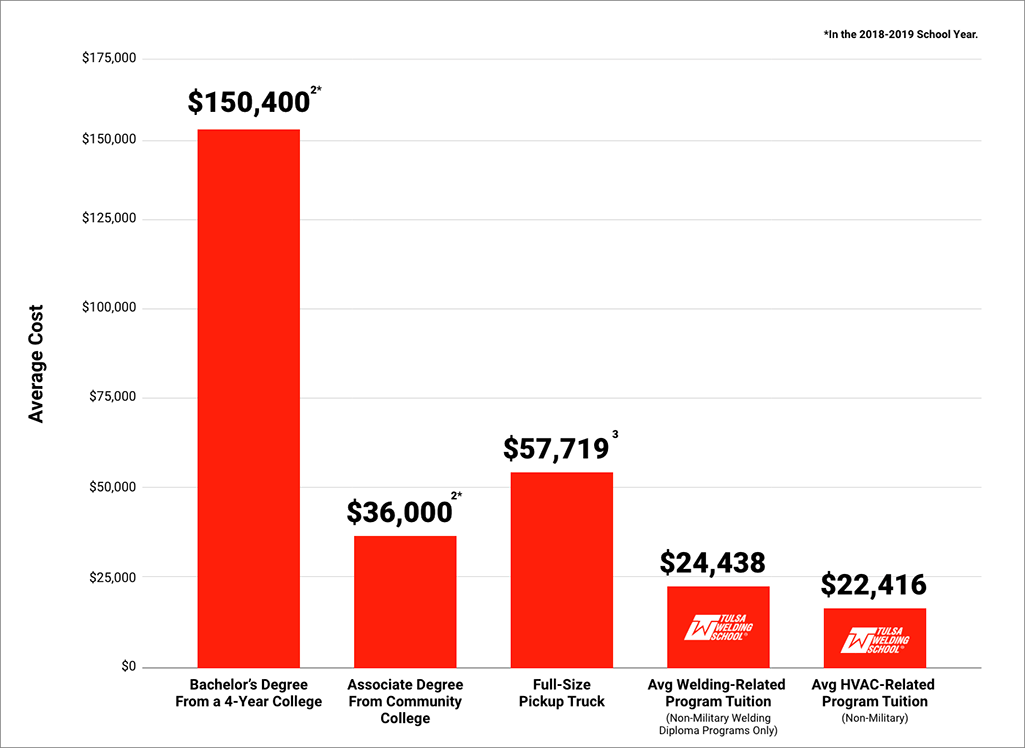
How Much Does Welding School Cost?
Welding is a skilled trade with a range of career opportunities. If you’re considering pursuing a career in welding, one of the first things you’ll need to consider is the cost of welding school.
The cost can vary depending on several factors, including the type of program, the location of the school, and any additional expenses.
In this article, we’ll explore the average cost of welding school, factors that can affect the cost, and potential financial assistance options.
Average Cost of Welding School
When it comes to the cost of welding school, there is no one-size-fits-all answer. The average cost can vary greatly depending on whether you choose a vocational school, a community college, or a private training institution.
On average, the cost of a welding program can range from $5,000 to $15,000. Community college programs tend to be more affordable, with costs ranging from $2,000 to $7,000, while private institutions can have higher tuition fees of $10,000 or more.
It’s important to note that the cost of welding school typically includes tuition and fees, but it may not cover additional expenses such as textbooks, supplies, and protective gear.
These additional costs can add up, so it’s essential to factor them into your budget when considering the overall cost of your welding education.
Factors That Affect the Cost of Welding School
There are several factors that can affect the cost of welding school. One of the most significant factors is the type of program you choose.
As mentioned earlier, vocational schools, community colleges, and private training institutions can have different tuition rates. Additionally, the duration of the program can influence the overall cost. Shorter programs may be less expensive, but they may also provide less comprehensive training.
Another factor to consider is the location of the school. Welding programs in areas with a high cost of living, such as major cities, may have higher tuition fees.
On the other hand, programs in rural areas or regions with a lower cost of living may be more affordable. It’s important to weigh the cost of living in the area where you plan to attend welding school in order to make an informed decision.
Lastly, financial aid options can also impact the cost of welding school. Some schools offer scholarships or grants to help offset the expenses.
Additionally, federal financial aid, such as Pell Grants or Stafford Loans, may be available to eligible students. Be sure to explore all the financial assistance options available to you to help reduce the overall cost of your welding education.
Financial Assistance Options
When it comes to financing your welding education, there are several options available to help ease the financial burden. One of the first steps is to complete the Free Application for Federal Student Aid (FAFSA). This will determine your eligibility for federal financial aid programs like grants and loans.
Additionally, many welding schools offer scholarships or grants that can help cover a portion of the tuition costs.
These scholarships may be based on financial need, academic achievement, or specific criteria related to the welding industry. Be sure to research and apply for any scholarships or grants that you may be eligible for.
If you’re unable to secure enough funding through scholarships, grants, or federal aid, you may consider taking out a student loan.
It’s important to carefully consider the terms and conditions of any loan before borrowing. Be sure to shop around and compare interest rates and repayment plans to find the best option for your situation.
Is Welding School Worth the Cost?
While the cost of welding school can seem daunting, it’s essential to consider the potential return on investment. Welding is a versatile trade that offers a wide range of job opportunities and the potential for a lucrative career.
Many welders find employment shortly after completing their training and can earn a competitive salary. Additionally, the demand for skilled welders is projected to grow in the coming years, making it a stable career choice.
Ultimately, the value of welding school lies in the skills and knowledge you acquire. A comprehensive welding education can provide you with the expertise needed to succeed in the field.
It’s important to weigh the cost of tuition against the potential career opportunities and earning potential that welding can offer.
Selecting the Right Welding Program
When choosing a welding program, it’s important to consider factors beyond just the cost. Look for programs that are accredited and have a strong reputation in the industry.
Research the curriculum and faculty to ensure they align with your goals and needs. Additionally, consider the hands-on training opportunities and resources available to students. Visiting the school and talking to current or former students can provide valuable insights into the program.
It’s also worth considering whether the program offers any specialized training or certifications that can give you a competitive edge in the job market.
Certain industries or employers may require specific certifications or qualifications, so it’s important to choose a program that can meet these requirements.
Keep in mind that welding is a skill that requires practice and experience to master. While completing a welding program can provide you with the foundation and knowledge necessary to begin your career, continued learning and on-the-job experience will play a crucial role in your professional development as a welder.
Frequently Asked Questions
Are you curious about the cost of attending welding school? We’ve got you covered with answers to some common questions related to the expenses of welding education.
1. What factors determine the cost of welding school?
The cost of welding school can vary depending on several factors. The duration of the program, the type of welding techniques taught, and the location of the school can all influence the cost.
Additionally, some schools may include the cost of materials and equipment, while others may require you to purchase them separately. It’s important to research and compare different welding school programs to find one that fits your budget and educational needs.
Remember that while cost is an important factor, it should not be the sole deciding factor when choosing a welding school. The quality of education, hands-on training, and post-graduation job placement assistance are also crucial considerations.
2. Are there any financial aid options available for welding school?
Yes, there are financial aid options available for students who wish to attend welding school. Many welding schools offer scholarships, grants, and tuition assistance programs for eligible students.
Additionally, federal student aid programs, such as grants and loans, may be available depending on your circumstances. It’s recommended to reach out to the financial aid office of the welding school you are interested in to explore the options available to you.
Another avenue to consider is employer-sponsored training programs or apprenticeships. Some companies may cover the cost of your welding education in exchange for a commitment to work for them for a certain period of time.
3. Are there any additional expenses besides tuition?
Yes, besides tuition, there may be additional expenses associated with attending welding school. These can include the cost of welding gear, safety equipment, textbooks, and materials needed for training.
It’s important to factor in these additional costs when planning your budget for welding school. Some welding schools may provide certain equipment and materials as part of the tuition, so it’s worth inquiring about what is included.
You should also consider the cost of living if you are planning to attend a welding school that is located away from your current residence.
If you need to relocate or find accommodation near the school, housing and transportation expenses should be taken into account.
4. Can I take welding courses online to cut down on costs?
Yes, there are online welding courses available that can help reduce costs. Online courses offer flexibility and the ability to learn at your own pace, which can be advantageous for some individuals.
However, it’s important to note that welding is a hands-on skill that requires practical experience. While online courses can provide theoretical knowledge, they may not offer the same level of hands-on training and practice as in-person programs.
If you opt for online courses, you may still need to find opportunities for practical training and welding practice to become proficient in the skill.
It’s also worth mentioning that some employers and industries may prefer or require certification from in-person welding programs. Be sure to consider your career goals and the specific requirements of potential employers before making a decision.
5. Are there any payment plans or installment options available for tuition?
Many welding schools offer payment plans or installment options to help students manage the cost of tuition. These plans allow you to spread out the payments over a period of time, making it more manageable financially.
It’s important to inquire about these options directly with the welding schools you are considering. They can provide information on the specific payment plans available and any associated fees or requirements.
Keep in mind that while payment plans can make tuition more affordable in the short term, they may come with interest or other charges.
Be sure to carefully review the terms and conditions of any payment plan before committing to it. Additionally, it’s always a good idea to budget and plan ahead to ensure you can comfortably meet the payment obligations.
Welding school can be expensive, with costs varying based on factors like location and program length. Community colleges generally have lower tuition fees compared to private welding schools.
Financial aid, scholarships, and grants can help offset the cost of tuition. It’s important to research and compare different welding schools to find one that fits your budget and offers quality training.

